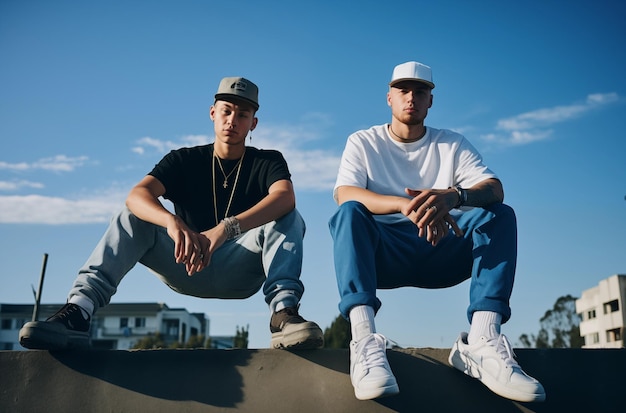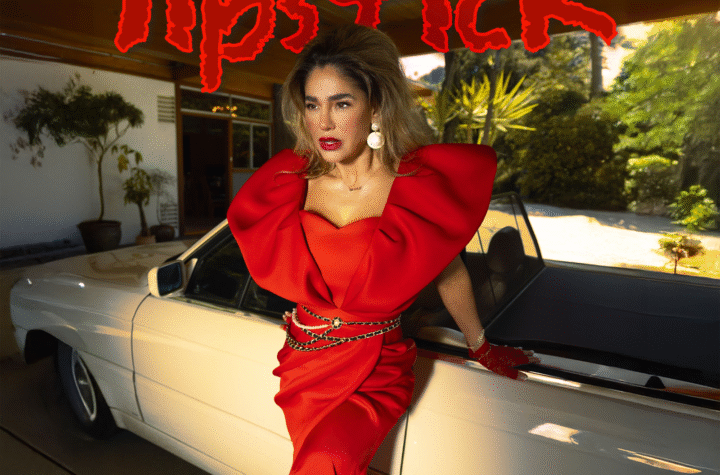
Streetwear, once the domain of urban youth culture and underground fashion, has undergone a significant transformation. While some might argue that the streetwear trend is fading, the reality is that it’s not disappearing but evolving. The modern streetwear customer is embracing a more diverse and sophisticated wardrobe, blending the casual elements of streetwear with heritage brands, traditional menswear, and luxury fashion. This shift reflects broader changes in consumer behavior, tastes, and the fashion industry as a whole.

In its early days, streetwear was defined by its rebellious nature, bold graphics, and strong associations with skate, hip-hop, and youth subcultures. Brands like Supreme, Stüssy, and A Bathing Ape dominated the scene, with their logo-heavy designs and limited-edition drops creating a sense of exclusivity and community among their followers. The appeal was rooted in the idea of belonging to an insider group, where owning the right T-shirt or pair of sneakers was a badge of honor.
However, as streetwear gained mainstream popularity, it began to influence—and be influenced by—other segments of fashion. High-end designers and luxury houses started to collaborate with streetwear brands, creating collections that merged casual and couture. This cross-pollination introduced a new customer base to streetwear, one that valued the craftsmanship and prestige of luxury labels but appreciated the cultural significance and comfort of streetwear.
Today’s streetwear customer is no longer confined to the narrow definitions of the past. They are more likely to pair a logo T-shirt with a tailored blazer, or mix sneakers with a well-crafted pair of trousers from a heritage brand. This blending of styles reflects a broader trend towards individualism in fashion, where personal expression trumps strict adherence to any single genre. Consumers are increasingly looking for versatility in their wardrobes, and streetwear offers a unique way to inject personality into more traditional ensembles.

Moreover, the influence of social media has played a pivotal role in this evolution. Platforms like Instagram and TikTok have democratized fashion, allowing consumers to curate and showcase their style in real-time. As a result, streetwear customers are more informed and selective, seeking out pieces that resonate with their personal aesthetics rather than simply following trends.
In conclusion, while streetwear itself is far from dead, its customers are undoubtedly evolving. The modern streetwear aficionado is not just about the logos or the hype; they are embracing a more nuanced and diverse approach to fashion, where streetwear is just one component of a broader, more eclectic style.





More Stories
New York African Film Festival Showcases Powerful Voices at Film at Lincoln Center
Tiffany & Co. x CFDA Jewelry Designer Award: A Career-Changing Opportunity for Emerging Talent
Live from the Steps! The 2025 Met Gala Explores “Superfine: Tailoring Black Style” in a Galaxy of Stars and Style